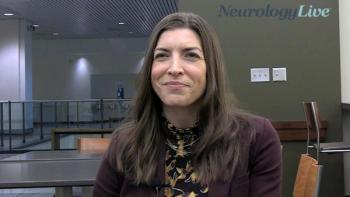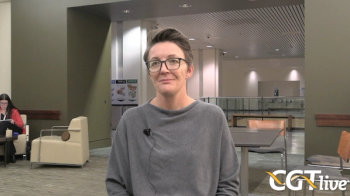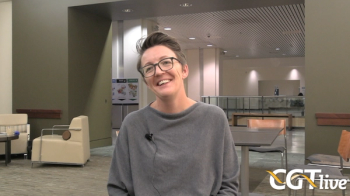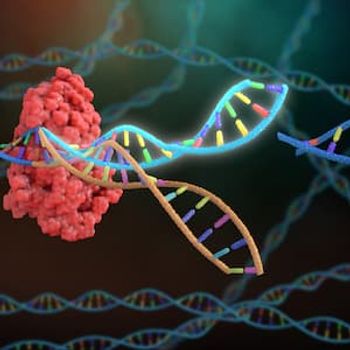
Xandra Breakefield, PhD, on Trying New Approaches to AAV Therapy for Glioblastoma
The investigator of neurology at Mass General Research Institute discussed research from her grad student, Lisa Nieland, presented at the ASGCT 2024 meeting.
"The thing I liked the best [about the research] was that it was really Lisa [Nieland’s] idea as a graduate student, she had me as a mentor who was a little [iffy about it] but she persisted and she was successful. I think this is about as exciting as it could be for a graduate student and teaches us all that we may have our preconceived notions about what is going to work and what isn't, but you don't know in science until you try.”
Glioma, and specifically glioblastoma, is an aggressive brain tumor with historically very poor outcomes, with a 1-year survival rate of 40% and a 2-year survival rate of 17%. The disease is a difficult one to treat, within the inherently challenging environment of the brain along with the blood brain barrier and potential neurotoxicity with targeted therapies.1
Research out of the lab of Xandra Breakefield, PhD, investigator of neurology, Mass General Research Institute, and professor of neurology, Harvard Medical School, by Lisa Nieland, PhD candidate, was presented at
REFERENCES
1. Glioblastoma Multiforme. Webpage. 2024. American Association of Neurological Surgeons. https://www.aans.org/en/Patients/Neurosurgical-Conditions-and-Treatments/Glioblastoma-Multiforme
2. Nieland L, Vrijmoet AB, Jetten IW, et al. All-in-One Adeno-Associated Virus Delivery for Therapeutic miR-21 Editing by saCas9 In Vivo. Presented at: ASGCT 27th Annual Meeting, May 7-10; Baltimore, Maryland. Abstract #113
Newsletter
Stay at the forefront of cutting-edge science with CGT—your direct line to expert insights, breakthrough data, and real-time coverage of the latest advancements in cell and gene therapy.










































